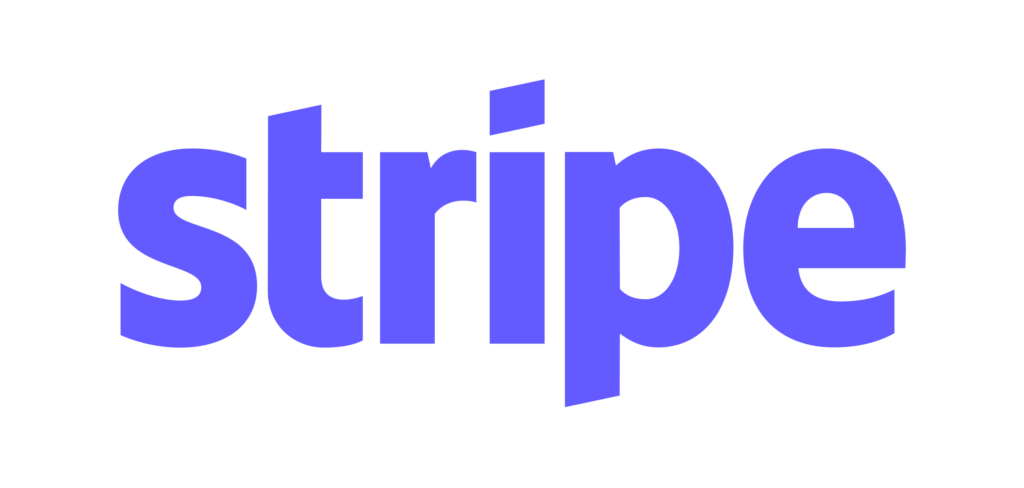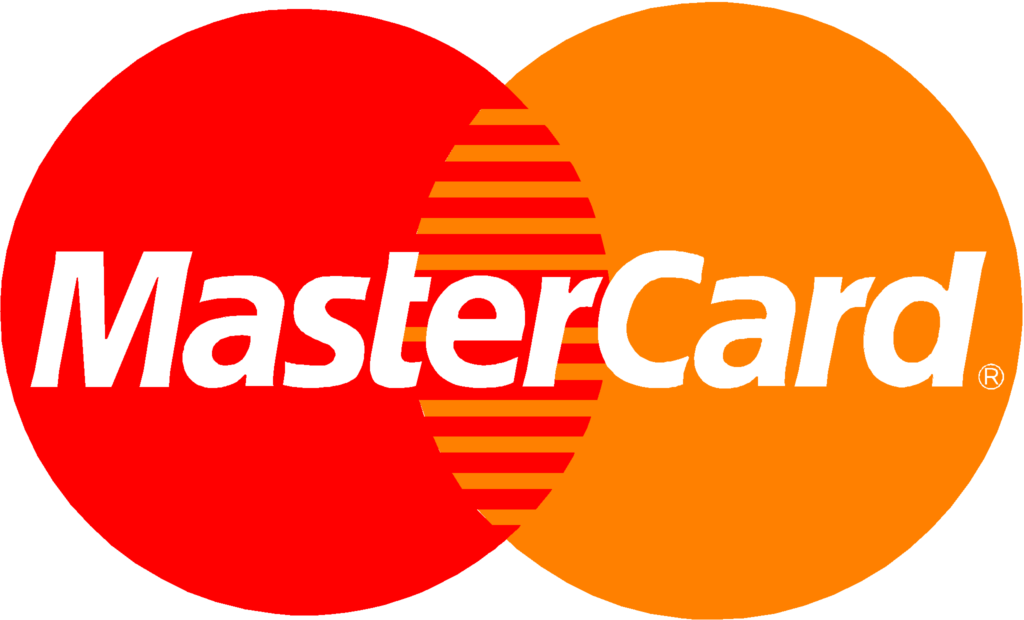If the price is right and the article offers added value for my readers, I am happy to accept a sponsored post on my blog.
But that happens very rarely. Why? Because there are better sources of income. Sources of income that guarantee you regular passive income.
One of these passive income sources is affiliate marketing (combined with SEO as a source of visitors). 95% of my total income comes from affiliate programs. And I make a very good living from it.
The best part: You can get to a point where the whole thing takes on a life of its own, and you only have to spend a little time and energy to make money with your blog.
An example…
In 2011, when I started the blog, it was still very easy to rank for keywords like “outdoor handy” or “outdoor smartphone” because there was hardly any competition. I quickly got into first place without doing a lot of link building.
And because I came in the first place and was the only one who offered really good content and comparison options for outdoor cell phones, I was often linked, interviewed, or allowed to write as a guest author for large online magazines.
For about three years now, I have not invested any or very little work in promoting the site. I write a new article every month or two, and I update the product archive every three months.
Time expenditure: approx. 5 hours/month.
Warning: passive income is no picnic!
Before going into detail about how you can earn passive income with your blog, I warn you. As nice as the concept of passive income sounds, it also has disadvantages compared to active income, i.e., an activity in which you exchange your time directly for money:
- First of all, you will have to work more. Much more. And that, at least for now, without payment.
- It can take a long time for passive income to bubble up.
- It is associated with a certain degree of uncertainty (e.g., due to Google updates, commission changes, or the complete discontinuation of affiliate programs).
I wrote above that I work 5 hours a month on my outdoor mobile phone blog. That’s not a lie, but for the fact that I’m working very little on it now, I’ve worked a lot on it in the past. And also for a long time without getting paid for it.
I also had to experience the insecurity firsthand. For example, when in September 2014, the commissions at Amazon for cell phones and smartphones were reduced 7% to 3%, and all of a sudden, I only earned half.
Still, the passive income I now earn from my blogs is worth every bead of sweat and every minute that I have invested in it because, during that time, I didn’t work for anyone other than myself. Now I have significantly more freedom and options than before.
My passive income strategy
1. Find a keyword
Find a keyword that meets three criteria:
- One can easily rank for it.
- Visitors who come via this keyword are interested in a product or have a specific problem that can be solved by purchasing a product.
- It searched a lot (but you can also make a lot of money with small keywords if the visitors have a strong buying interest). I usually search for keywords with 200 or more searches a month.
In general, the more specific the keyword, the more lucrative. “Buy product XYZ” is better than “product XYZ” is better than “product category test” is better than “product category,” etc.
2. Find a suitable product
There are mistakes that I keep seeing bloggers make. This includes, for example, promoting products or services that do not fit the topic of the site at all and in which the fewest visitors are interested (by the way, applies to sponsored posts, which is why many bloggers put off their readership).
Lately, I saw a fashion blogger who advertised a loan provider because there are good commissions on loans. After 3 months, she realized that there was not a single sale and wrote a frustrated blog post about affiliate marketing being useless and she would never do it again. No wonder, because the fashion blog visitors are not interested in loans, but fashion!
To convert your visitors into customers, you must give them exactly the product they are looking for and solves the question or problem they have. Furthermore, you should stand 100% behind the product you are promoting to use it yourself or have tested it yourself because your visitors will quickly notice if you just want to sell them something.
3. Find a profitable affiliate program
Did you find a keyword and a product? Then it is time to find a suitable affiliate program to earn money with your content passively.
A partner program should have the following criteria:
- A well-known and trustworthy provider with a modern and mobile-optimized website.
- High commissions (can be achieved, for example, in all areas where there are high margins, such as fashion, digital products, or financial services).
- Long cookie runtime.
- Low cancellation rate (not always public).
- High conversion rate (not always public).
- High shopping cart value (is not always public).
4. Write a keyword optimized article
Next, write an article around the keyword you found in step 1. Make sure to structure the article nicely (lists, headings, images, tables, etc.) and the keyword in the most important places (headline, meta title, meta description, URL, several times in the running text, in alt texts, and file names of images) to place.
It is also important to include relevant keywords. The KWFinder or the Google Keyword Planner can help you find relevant keywords. A dictionary of synonyms is also helpful.
If you don’t know how to do all of this, pay attention to Yoast SEO recommendations or look at this article as an example, which I have optimized for the keywords passive income. For example, I used to earn money passively as a relevant keyword.
5. Repeat steps 1-4
Whether your articles will rank well on Google is always a bit of luck. That’s why I advise you not to stick to one keyword but to try 10 articles that are optimized for a specific keyword.
However, the quality of the articles and keyword research shouldn’t suffer. Take your time and pick out 10 perfect keywords, each of which will give you a long, high-quality article.
6. Wait for results
After you’ve written your 10 articles, I recommend waiting about two weeks to see how well the individual articles rank for the keywords you selected.
If you have a blog that is linked quite well, is mobile-optimized, and doesn’t have a bad loading time, you should see a few rankings. Maybe even, if you’ve done your keyword research well, some rankings on the first page.
It happens that some articles end up on the 8th page or cannot be found at all. But that’s not bad, because you have nothing to lose. In case of doubt, even if none of your articles land on the first 10 pages on Google, you have written great articles for your readers and laid the foundation for future rankings.
7. Link building
Now that you know how well each article is doing on Google, it’s time to create a few links to improve your rankings further. To not make it unnecessarily difficult for you and to fight against windmills, concentrate on the 3 articles with the highest rankings.
If your blog is already well known and well linked, 2-3 good links directly to the article are enough to get from place 2 to place 5 or from place 8 to 3. Of course, the goal is to move to place 1 come, but with some keywords, 3rd or 5th place is enough to earn a bit of passive income with your blog.
7.1 What distinguishes a good link?
Two properties characterize a good link: firstly, it comes from a website with high domain authority (i.e., a website that is itself well-linked), and secondly, it is embedded in relevant content (e.g., if you have an If you want to rank the keyword stroller, the link should also be embedded in content that has to do with the topic of strollers).
Another possibility to increase the relevance of a link is to have the keyword or a variation of it in the anchor text.
However, you shouldn’t exaggerate with this because an excessive number of keywords in the anchor text is unnatural for Google and can result in a downgrade in the ranking.
7.2 How do you get good links?
You can get high quality links in two steps:
- You write excellent content.
- Networking, networking, networking.
For example, you can write to other bloggers or online magazines and ask if you can write a guest article (in which you link to your articles). You can interview other bloggers on your blog and be interviewed by them in return. Or you can host a blog parade or competition. There are many opportunities.
Closing words
This guide should have given you some pointers on how to make residual income from a blog. However, some points, such as Link building, I deliberately only touched on, as it would otherwise go beyond the scope of this guide. You could write a complete guide with 5,000+ words for almost each of the sub-items listed.
And something else:
Earning money passively or getting high traffic with a blog takes time. Don’t give up, even if after half a year, your blog only gets 1,000 visitors a month, and you don’t even earn enough money to cover your monthly hosting costs. Go on new keywords. Try to get links elsewhere. Try to write other articles. Success will come at some point.










